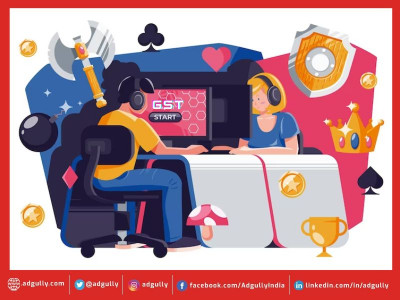Decoding MeitY’s recent online gaming guidelines
Authored by Sumit Batheja, Executive Director & CoFounder, Gamestack
The Indian government's Ministry of Electronics and Information Technology (MeitY) issued new guidelines for online gaming in India. Some of the major developments included, allowing self-regulatory organizations (SROs) to determine whether a real-money game is permissible or not. The SROs will be required to register with the government and have at least three years of experience in the gaming industry.
The guidelines also require online gaming companies to provide detailed information about their games and establish mechanisms to monitor and remove objectionable content. The new rules have been welcomed by some industry players as they bring much-needed clarity and accountability to the online gaming sector, but others have raised concerns about the potential impact on innovation and the ability of smaller companies to comply with the regulations.
In my opinion however, these are a few things that stand out.
The guidelines or amendments lay focus on consumer education and awareness. This includes asking all money related gaming to follow KYC guidelines, being regulated or validated by a SRO (Self Regulatory Body), create stricter user guidelines, and have an added layer of addiction and financial loss communication. The step contributes towards creating more transparency and stricter control, giving the Real Money Gaming (RMG) sector more confidence.
The second point that stands out for me is User Verification where going forward each user will be validated through a Unique Code. This will help in controlling fraudulent activities and also prevent minors from becoming a part of the RMG ecosystem.
The revised amendments also require gaming intermediaries to appoint a Chief Compliance Officer. Now, if you remember, in 2022 social media platforms too were asked to appoint CCOs who would act as a point of contact for all relevant queries and challenges.
This also brings us to the conversations between intermediaries and the Government around GST on the RMG industry. A significant number of RMG users in Tier II markets use UPI for micro-transactions to play their preferred cricket fantasy games, driving the shift away from other forms of gaming. Thus, the recent introduction of GST and Google's acceptance of RMG games in India are positive signs for the sector's growth potential in Tier 2 markets.
There is a strong correlation between IPL viewership growth and fantasy sports user base. As more people participate in cricket fantasy games, it's likely that they will also be more interested in watching the actual games, including IPL. In fact, some RMG operators have tied their platforms to the IPL, offering special promotions and bonuses during the tournament, further driving engagement and viewership.
While there continue to be some doubts as to who the SRO would be or the credentials of the CCO, overall these amendments boost confidence in the consumers around the RMG industry. These rules also take away the confusion between Game of Chance and Game of Skill by creating a differentiation in games that deal with real money and the ones that don’t.
For the unacquainted, we at Gamestack collaborate with ecosystem players and are committed to providing innovative marketing solutions to RMG brands.


















Share
Facebook
YouTube
Tweet
Twitter
LinkedIn